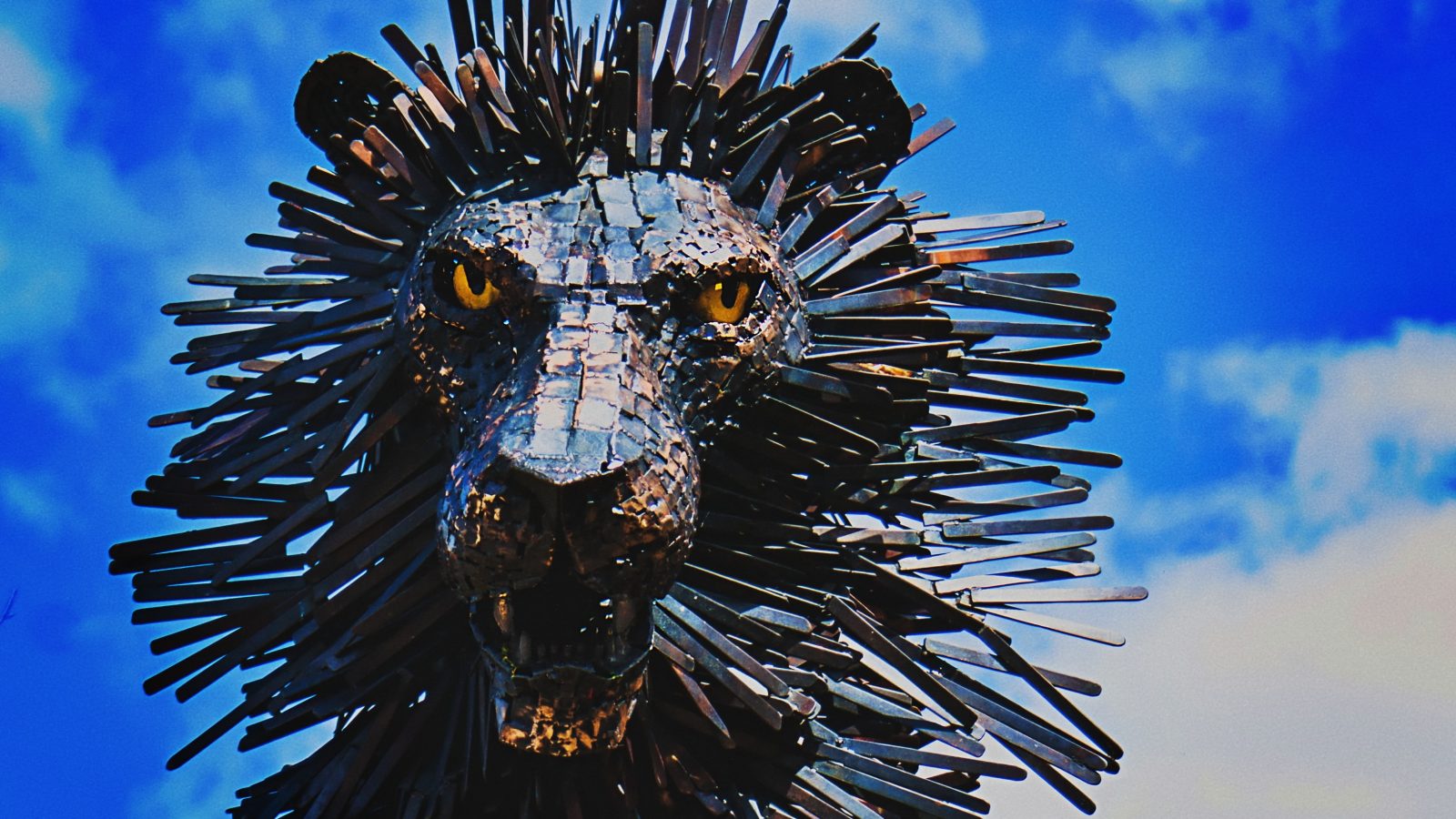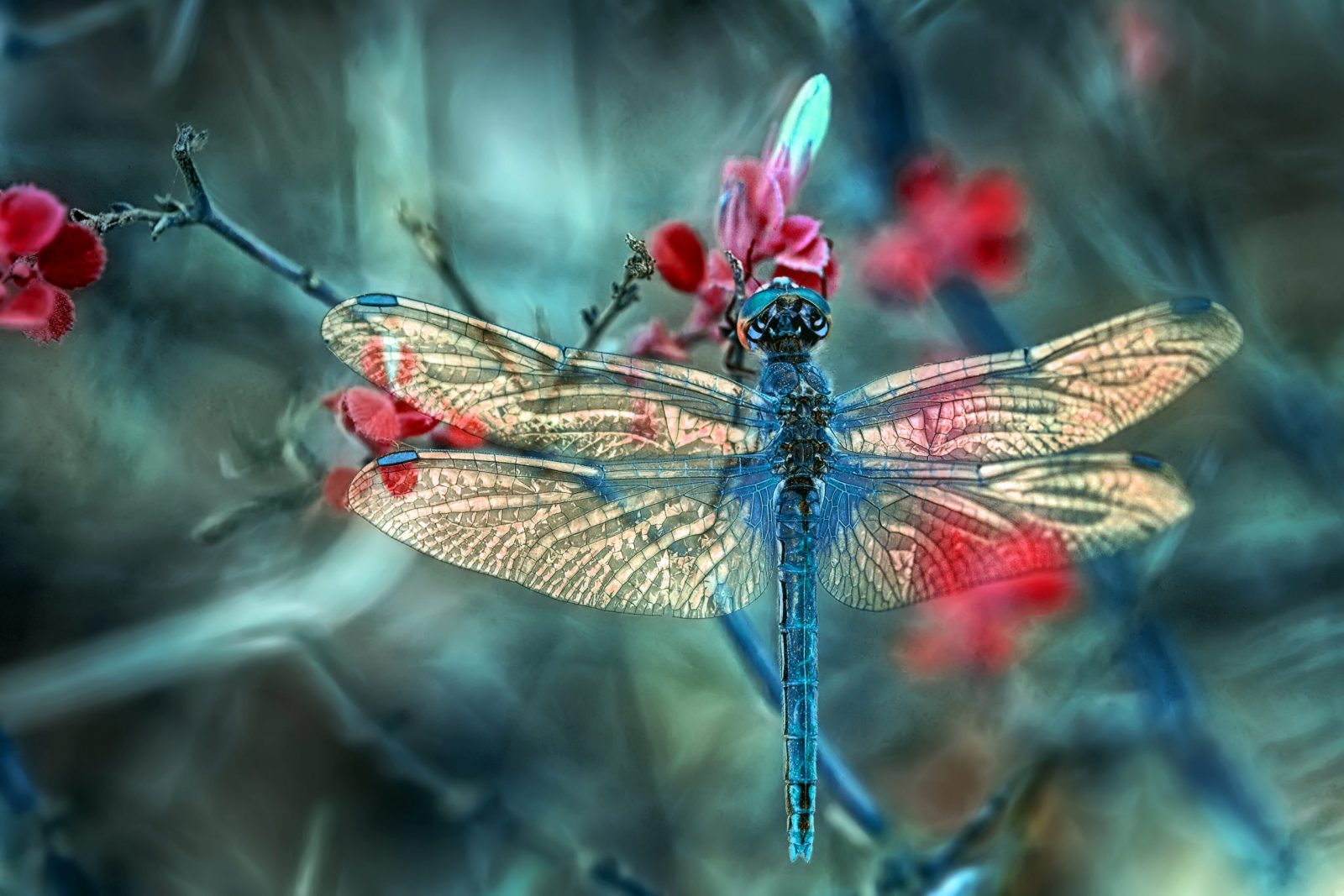
Carbon Valley Trumps Silicon Valley
On this episode of ID the Future from the vault, we hear from two contributors to the Crossway anthology, Theistic Evolution: A Scientific, Philosophical, and Theological Critique, Molecular biologist Douglas Axe and philosopher of science Stephen Meyer explain how Carbon Valley Trumps Silicon Valley, and shouts intelligent design. They compare some of today’s technological marvels to living technology, and show how even “simple cells” far exceed even the best silicon valley has to offer.








